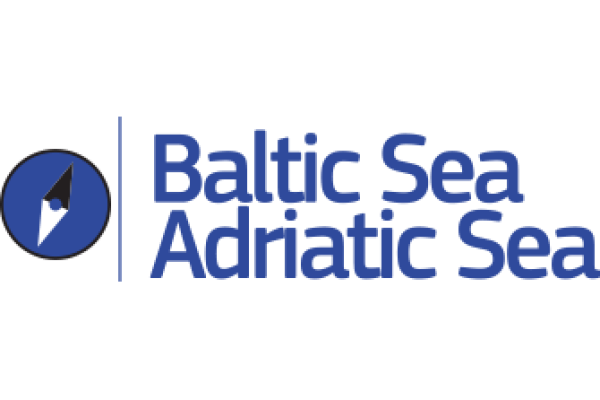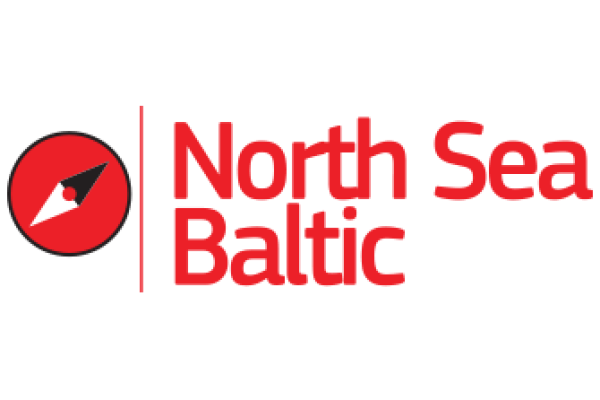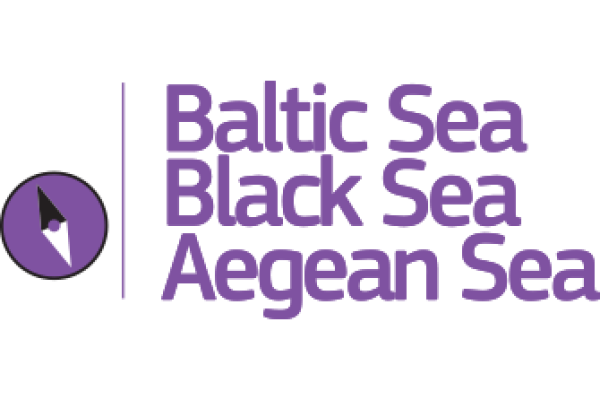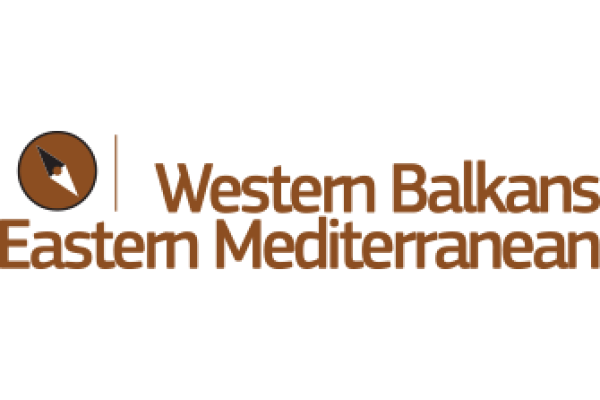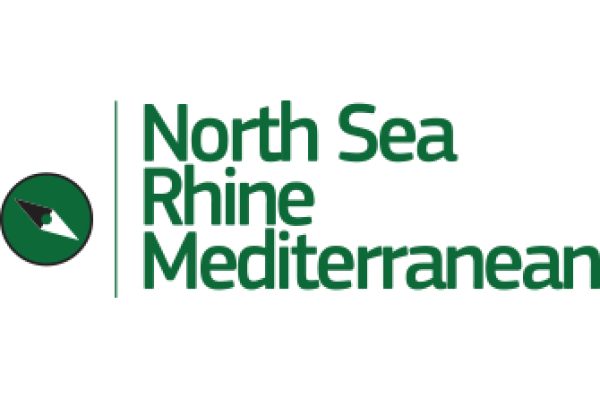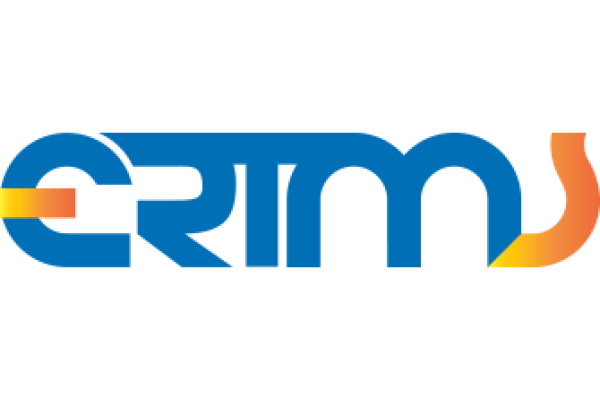Objectives
The EU’s trans-European transport network policy, the TEN-T policy, is a key instrument for planning and developing a coherent, efficient, multimodal, and high-quality transport infrastructure across the EU. The network comprises railways, inland waterways, short sea shipping routes and roads linking urban nodes, maritime and inland ports, airports and terminals.
It fosters efficient transportation for people and goods, ensures access to jobs and services, and enables trade and economic growth. It strengthens the EU’s economic, social and territorial cohesion and creates seamless transport systems across borders, without gaps, bottlenecks or missing links. In particular since its revision in 2024, it also aims to reduce the environmental and climate impact of transport and to increase the safety and the resilience of the network.
TEN-T Regulation
The TEN-T policy is based on Regulation (EU) 2024/1679. It defines the network and sets out the requirements for our infrastructure to ensure a coherent quality throughout the EU.
Network structure
The trans-European transport network is designed according to an objective methodology. It consists of three layers, the core network, the extended core network and the comprehensive network.
The core network includes the most important connections between major cities and nodes, and must be completed by 2030. The extended core network needs to be completed ten years later, in 2040. The comprehensive network connects all regions of the EU to the core network and needs to be completed by 2050.
Requirements for the TEN-T infrastructure
The purpose of the infrastructure requirements for the TEN-T network are twofold. They ensure that transport infrastructure users can count on an efficient, reliable and high-performing infrastructure wherever they are in the EU. This important for our economic development and competitiveness and the cohesion of the EU.
The requirements also ensure the development of more sustainable forms of transport. They make sure that our infrastructure can help reduce emissions from transport and is resilient against the impacts of climate change. Thanks to the requirements sustainable transport modes will be able to offer competitive services. They also promote digitalisation and improve multimodality. Among other, the requirements concern:
Rail travel speed: By 2040, passenger railway lines on the core and extended core network must support trains traveling at speeds of 160 km/h or faster.
European Rail Traffic Management System (ERTMS): The single European signalling system will be deployed across the entire TEN-T network, enhancing rail safety and efficiency. National systems will be phased out.
Airport connectivity: Major airports with over 12 million passengers annually must be connected by long-distance rail, making rail a competitive alternative to domestic feeder flights.
Freight terminals: The number and capacity of transhipment terminals will be expanded to meet traffic demands. This includes accommodating 740-meter long trains, promoting the shift to sustainable transport modes, and boosting Europe's combined transport sector.
Urban mobility: All major cities along the TEN-T network will develop sustainable urban mobility plans to promote zero and low-emission mobility.
Alternative fuels: The TEN-T is the basis for the deployment of recharging points and refuelling points for alternative fuels, such as hydrogen. It complements the requirements of the Alternative Fuels Infrastructure Regulation for urban nodes and terminals.
European Transport Corridors and horizontal priorities
As part of the TEN-T governance, nine European Transport Corridors and two horizontal priorities support the completion of the trans-European transport network. The European Transport Corridors integrate the Rail Freight Corridors, mainly to coordinate infrastructure investment planning.
A European Coordinator is appointed for each corridor and horizontal priority and oversees the progress of the corridor or priority. The European Coordinators also act as ambassadors of the TEN-T policy and are essential for the governance of the TEN-T.
TEN-T related legislation and actions
- Advancing the Trans-European Transport Network (TEN-T): The Streamlining Directive facilitates the administrative processes for permitting procedures of cross-border infrastructure
- Military Mobility is an EU initiative to ensure swift and seamless movement of military personnel, materiel and assets – including at short notice and at large scale – within and beyond the EU. The trans-European transport network can serve a dual use, military and civilian. In close cooperation with the Member States, the Commission ensures that the network is coherent and meets the requirements for both types of use. Following Russia’s unprovoked attack on Ukraine the Commission and the High Representative put forward an Action Plan on Military Mobility 2.0. To ensure a well-connected, capable and secure military mobility network, the Commission supports the action plan with funding instruments such as the Connecting Europe Facility (funding dual-use transport infrastructure projects), and the European Defence Fund (supporting the development of interoperable logistical and digital systems).


